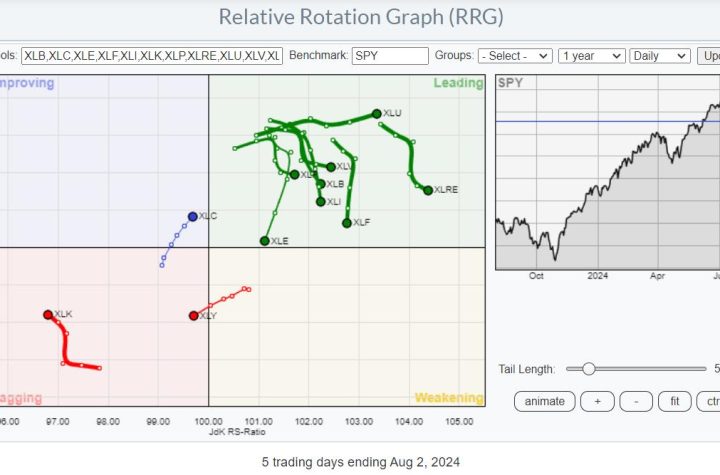
Last month, the Bureau of Economic Analysis released 2022 data on state and metro area inflation. These new numbers give us the opportunity to see where the inflationary cycle of 2021–2022 hit hardest. We can also adjust states’ economic growth numbers for inflation to see where Americans are finding the most opportunity.
New England was hit especially hard by inflation in 2022. New Hampshire had the highest inflation in the country, 11.8 percent. Maine, Connecticut, Arizona, and Oregon were next. The state with the least inflation was Alaska, just 3.6 percent, followed by Arkansas, North Dakota, Nebraska, and South Dakota.
Inflation wiped out economic growth in most states last year. Adjusting for inflation, only five states had positive personal income growth last year: North Dakota, Delaware, South Dakota, Montana, and Alaska. Rhode Island, Oregon, DC, Mississippi, and New Hampshire all saw real personal incomes drop by more than eight percent.
State policy has a lot to do with why some states saw more inflation than others. Local land-use regulations that restrict home-building drive up the cost of housing, the largest part of the consumer price index. New Hampshire’s eye-popping inflation rate was driven by housing costs, which also rose at the nation’s fastest pace.
Some states have suffered in recent years because of shifts in the international market over which they had little control. In the 2010s, tech boomed, and commodity prices fell. The former trend helped places like San Jose, Austin, and Boise, while the latter trend hurt places like Kansas and Iowa.
Demographic trends also make a difference. The Northeast is growing slowly because people have been having fewer babies there for a long time. The historically high fertility rates in Utah and Idaho have helped make them the fastest-growing states for personal income since the Great Recession of 2008–2009. And Americans continue to move to warmer climates with natural beauty, so states without those features need to offer something else.
Beware of commentators who use per capita incomes to compare states. Per capita income is useful for comparing countries, not states, because Americans readily move across state lines for opportunities. A state can raise its per capita income by encouraging middle- and low-income households to move out. That’s just what high-cost states like California, Connecticut, and New Jersey have done. Low-cost states like Arizona and Tennessee offer the best opportunity for families with modest incomes, which is why people move there in droves.
To figure out which states have the best policies for workers, we need to look at inflation-adjusted income growth over a long period, and we need to compare states within the same region that have similar climates and industries.
When we do that for the entire post-Great Recession period, some states stand out. In the West, Utah, Idaho, Colorado, Montana, Nevada, and Arizona have grown rapidly, while Alaska, Hawaii, Wyoming, and New Mexico have done the worst. In the Midwest, North and South Dakota and Indiana have all done well, while Illinois, Kansas, and Missouri have lagged. In the Northeast, all states have grown more slowly than the US as a whole, but Massachusetts and New Hampshire have done the best, while Connecticut is the worst (and the slowest-growing state in the U.S.). In the South, Florida, Texas, and Tennessee lead the pack, while Louisiana, West Virginia, and Mississippi have done badly.
What lessons can we derive from these patterns? First, states with better regulatory policies enjoy a lower cost of living and attract workers and investment. The most important regulatory policy is the freedom to build, that is, a lack of burdensome zoning regulations that make housing scarce and costly. But labor laws and licensing laws are also important, especially in manufacturing and health care.
Second, tax burdens and fiscal responsibility matter. South Dakota and Indiana have responsibly brought their tax burdens down and have out-competed Illinois and other nearby states that have not done so. In New England, New Hampshire and Massachusetts enjoy the lowest tax burdens. Florida, Texas, and Tennessee all lack state income taxes.
Workers don’t like high taxes and will choose states with lower rates, all else equal. But taxes also feed into the costs of goods and services in the rest of the economy.
States can’t control their climates or the vagaries of the international market. But they can control their tax burdens and regulatory policies. Smart policies can expand economic opportunity and shield residents from the inflation caused by Washington, DC.


More Stories
French Exports to Avoid: Wealth Taxes
10 Ways to Close the Tax Evasion Gap
Should the Fed Get Credit for Lower Inflation?